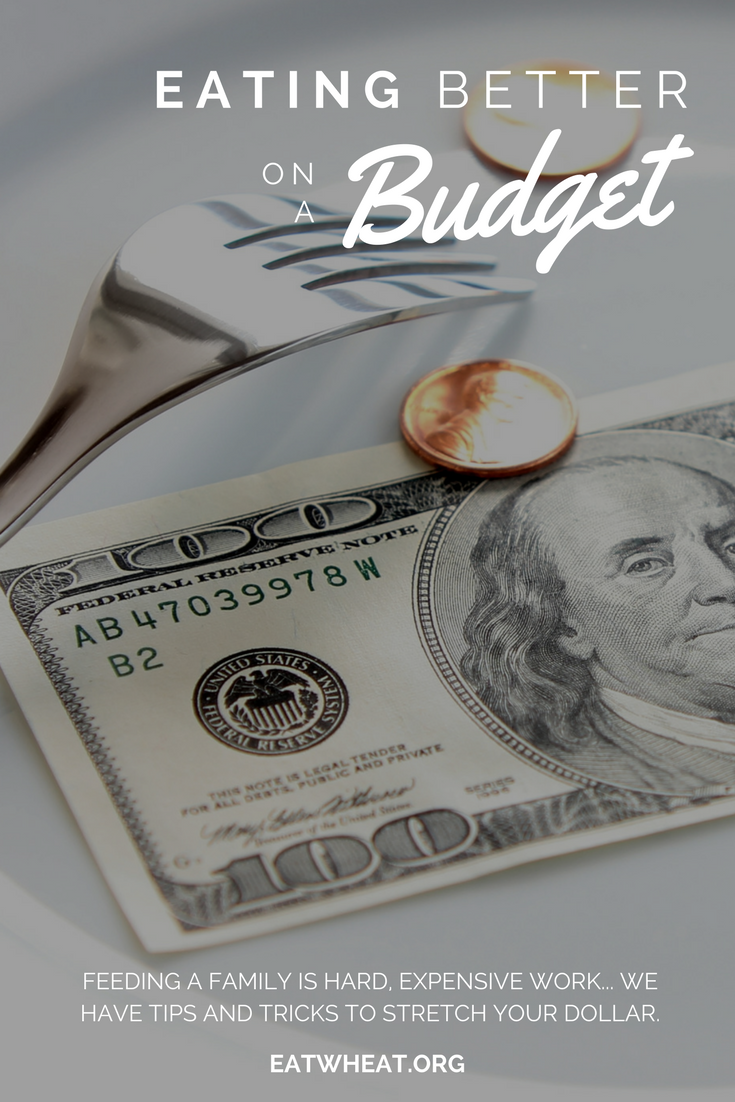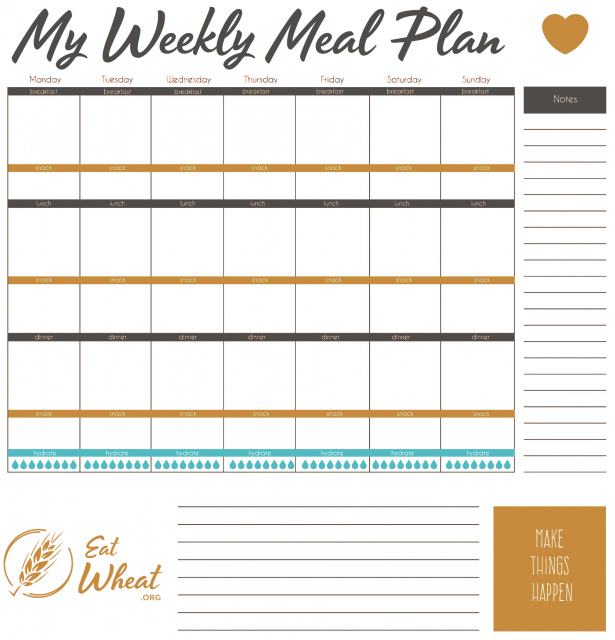Eating Better on a Budget
I often hear how eating healthy is too expensive, but with a little planning and strategy you can get the most for your food budget!
Have a Plan!
Before going to the grocery store, plan your meals for the week. I like to look at the grocery store ads as I plan my meals to take advantage of weekly deals. Once you have a meal plan, assess what items you already have and make a list of the items you need to purchase. Need some meal inspiration? Check out these meal ideas.
Stick to Your List!
Impulse buys at the grocery store tend to be for less healthy items and add to your grocery bill. One way to stick to your list is not go to the store hungry. Go right after eating a meal or have a healthy snack before shopping.
Use Sales to your Advantage.
Look for sales and load up your cart! Sales are a great time to buy non-perishable items in bulk such as canned and bottled goods, dried beans and peas and whole grain pastas, crackers and cereals. Many stores have “manager specials” of day-old baked goods or foods close to their expiration. Take advantage of these deals and freeze what you can’t use before they go bad.
Only Buy What you Can Use!
While buying in bulk can be a great way to save money, it doesn’t save you money if it ends up in the trash. Throwing away food = throwing away money. When buying perishable items only buy what you can use before it goes bad. Have vegetables that are on the brink of going bad, try this vegetable beef soup or incorporate them into a vegetable quiche recipe.
Buy in Season.
Produce that is in season is cheaper and tastes better. Check out a local farmers market to support local farmers. You may be able to get a good deal if you shop closer to closing, as many vendors will slash prices near the end of the day.
Buy Frozen or Canned.
When fresh produce is not in season, don’t shy away from buying frozen or canned varieties. Canned and frozen produce are often less expensive, yet pack the same nutritional punch as their fresh counterparts and they won’t go bad nearly as fast! Look for fruit “packed in its own juice or in water” and choose vegetables with “no salt added” or “reduced sodium”.
Paying for Convenience.
Buying pre-cut fruits and vegetables or individually packaged food will cost you more! Consider buying foods in their whole form and cutting them yourself. Like the portion control of individually packaged food? Buy in bulk and pre-portion into baggies or individual servings upon returning home.
Use Beans to Stretch your Dollar.
Meat is often the most expensive part of a meal. Get more out of your food dollars by adding beans or legumes to meat. Beans and legumes are an excellent source of protein. I like to add one can of rinsed beans (black beans are my family’s favorite) to a pound of ground meat when I make tacos. This stretches our meat without sacrificing nutrition. Leftover meat can then be used to make taco salad, in a Mexican pasta dish, or for taco pizza. Our family enjoys this whole grain pizza crust recipe topped with black beans and taco meat sprinkled with cheese. Bake for about 15 minutes or until golden brown. Top with lettuce, diced tomatoes and salsa before serving. To ensure leftovers are safe to eat, it’s important to eat or freeze leftovers within 3-4 days.

— Contributed by Jill Ladd, MPH, RD, LD
Help your family fuel up with breakfast recipes and tips from our registered dietitian! Or, would you like to see the equipment that a farmer uses to grow the wheat that’s on your plate? Check out our Farm to Plate guide here!


